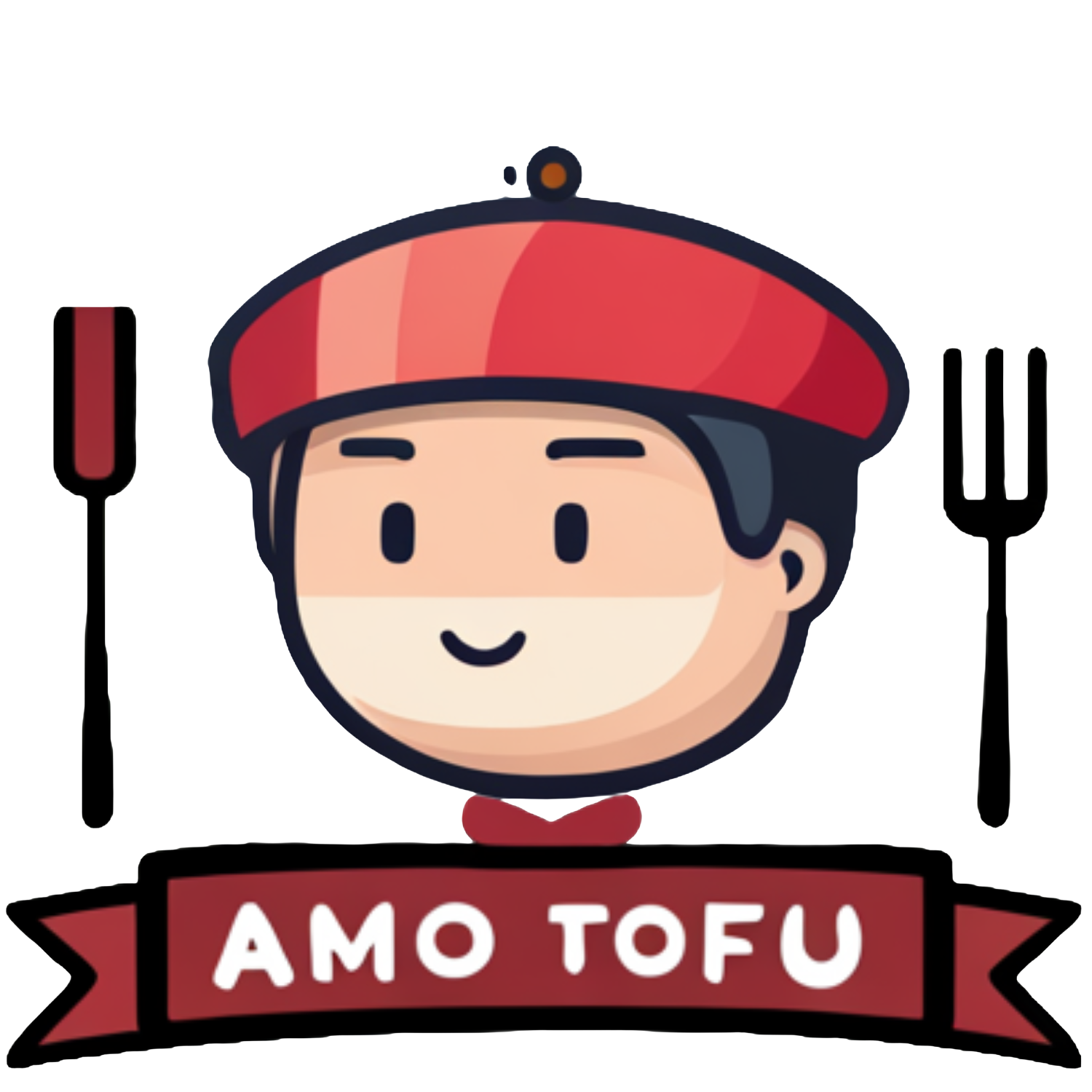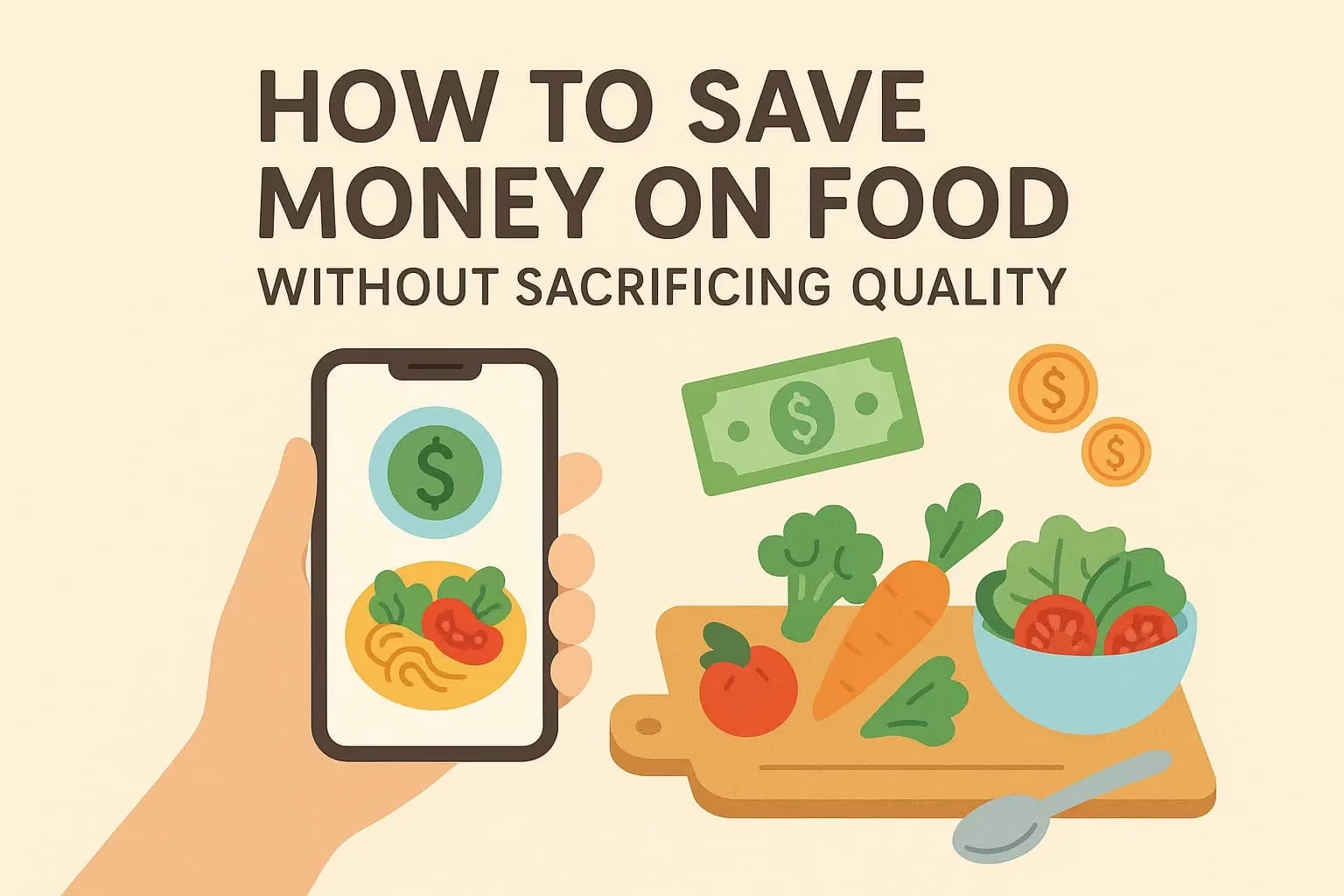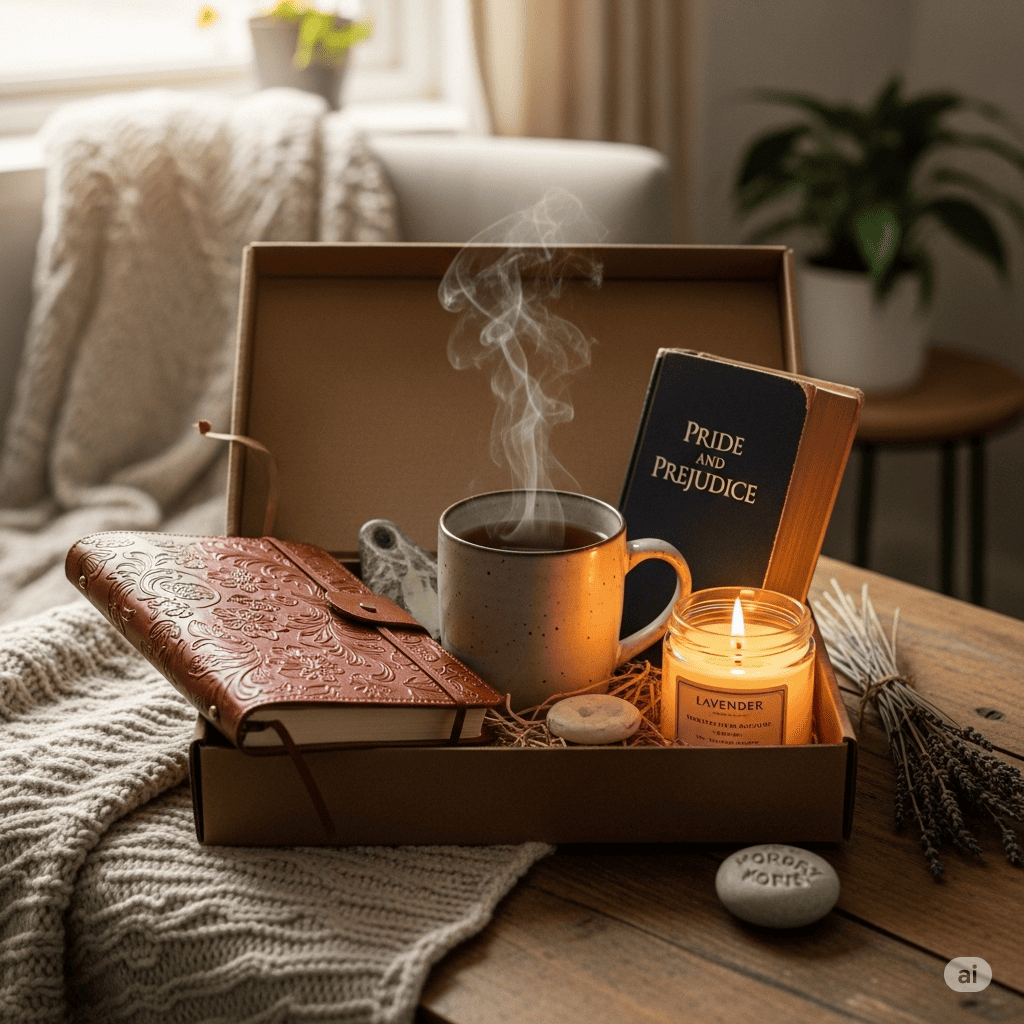In a culture obsessed with speed, constant productivity, and “what’s next,” the idea of slowing down can feel foreign — or even wrong.
But for those on a healing journey, the fast-paced lifestyle often becomes unsustainable. The nervous system can’t reset. The body stays in survival mode and the soul gets lost in the noise.
Slow living isn’t laziness — it’s medicine.
In this article, you’ll learn what slow living really means, how it supports emotional and nervous system healing, and practical ways to start embracing slowness as an intentional act of extreme self-care.
What Is Slow Living?
Slow living is the conscious choice to:
- Prioritize presence over productivity
- Do fewer things, with more intention
- Create space for rest, reflection, and real connection
- Tune into your body, emotions, and natural rhythms
- Reject the pressure to rush through life
It doesn’t mean you never work hard, have goals, or use technology. It means you honor your pace instead of racing through your days on autopilot.
Why Fast Living Isn’t Working
Modern life often encourages:
- Multi-tasking all day long
- Rushing from task to task
- Saying yes to everything
- Measuring worth by output
- Consuming information nonstop
- Treating stillness as a waste of time
This leads to:
- Chronic stress
- Emotional disconnection
- Burnout and anxiety
- Sleep issues
- Disembodiment (numbness or overreaction)
You can’t heal — or hear yourself — in constant noise.
How Slow Living Supports Healing
1. It Regulates Your Nervous System
Slowness gives your body time to shift out of fight-or-flight and into rest-and-digest — the state where true healing happens.
You become less reactive, more centered, and emotionally stable.
2. It Creates Room for Self-Awareness
When you’re not constantly rushing, you can actually feel:
- What you need
- What you’re avoiding
- What brings you joy
- What drains you
- What you’re ready to release
Healing requires time to listen inward — slow living makes that possible.
3. It Builds Trust With Your Body
When you stop overriding your exhaustion, ignoring hunger, or pushing through discomfort, your body learns:
“It’s safe to speak. I’ll be listened to.”
This is a core part of trauma recovery and emotional regulation.
4. It Redefines Productivity
Slow living invites you to see value in:
- Doing nothing
- Taking breaks
- Deep conversations
- Long walks
- Time offline
- Simple routines
You begin to ask not just, “Did I get it done?” but also, “Did I enjoy my life today?”
Practical Ways to Start Living More Slowly
You don’t need to move to the countryside or quit your job. You can bring slowness into your life right now.
1. Start the Day Without a Rush
- Avoid checking your phone first thing
- Stretch or breathe before you get out of bed
- Drink your morning beverage slowly and mindfully
- Create a buffer between waking and working
The way you begin your day sets the tone for everything else.
2. Build Buffer Time Into Your Schedule
Instead of booking things back-to-back, leave space between tasks or meetings.
Use that time to:
- Breathe
- Reflect
- Reset
- Walk outside
- Check in with yourself
Time is where nervous system safety lives.
3. Eat Slower
Try:
- Sitting down to eat, without distractions
- Chewing slowly and savoring flavors
- Not rushing through meals while multitasking
Slowing down your eating improves digestion and presence.
4. Walk Without a Destination
Walking without rushing or tracking steps helps:
- Regulate your mood
- Calm your thoughts
- Reconnect you to your body and surroundings
It’s not exercise — it’s embodied presence.
5. Say No to Optional Busyness
You’re allowed to:
- Cancel a plan if you’re tired
- Not answer messages immediately
- Turn off notifications
- Do nothing — and enjoy it
Slowness often starts with permission.
6. Create Slow Rituals
Examples:
- Lighting a candle before journaling
- Taking a long bath without your phone
- Listening to calming music while cooking
- Sitting quietly for 5 minutes at sunset
Rituals help you slow time down intentionally.
What You May Feel When You First Slow Down
Slowing down can feel:
- Uncomfortable
- Boring
- Restless
- Guilt-inducing
- Emotionally raw
That’s normal. Fast living often masks what we’ve been avoiding — slowing down lets it surface so it can heal.
Give yourself compassion through the discomfort.
Affirmations for Embracing Slow Living
Try repeating:
- “It’s safe to slow down.”
- “I do not need to earn rest.”
- “Slowness connects me to life.”
- “I choose presence over pressure.”
- “Doing less doesn’t mean I am less.”
Say them out loud. Write them down. Let them rewire your nervous system.
Final Thought: Your Life Is Not a Race
You are not behind. You’re not too late neither falling short.
You’re just remembering that:
You don’t need to live fast to live fully.
So breathe. Pause. Feel the sun. Sip slowly. Rest without guilt. Walk without a plan.
Let yourself heal in the stillness.
Let slowness become your sanctuary.






